For SMEs, digital transformation is no longer optional; it’s a necessity. Shifting from traditional operations to digital-first strategies can feel overwhelming, but AI prompts for digital transformation provide clarity, structure, and direction. With the right prompts, your team can set achievable goals, streamline processes, and successfully embrace innovation.
In this blog, we’ll explore 10 practical AI prompts that SMEs can use to accelerate their digital transformation journey, complete with templates, example outputs, and strategies.
Why Use AI for Goal Setting in Digital Transformation?
Digital transformation involves adopting new technologies, refining workflows, and reshaping how teams operate. Without clear goal setting, SMEs risk wasting resources and losing focus. AI-driven prompts help SMEs by:
1. Turning abstract digital goals into actionable steps.
2. Providing data-driven insights for better decisions.
3. Encouraging collaboration across teams.
4. Identifying risks and preparing effective mitigation strategies.
Top 10 AI Prompts for Digital Transformation with Templates and Example Outputs
1. Digital Readiness Assessment
Prompt Template: “Evaluate the digital readiness of our SME in terms of technology adoption, processes, and people.”
Example Output: Readiness Score: Medium. Strengths: Cloud adoption, agile team. Weaknesses: Limited automation, low AI adoption.
Why Useful: Provides a baseline for planning.
2. Technology Investment Prioritisation
Prompt Template: “Suggest top 3 technology investments SMEs should focus on for digital transformation in [Industry].”
Example Output: 1. Cloud solutions, 2. AI-based analytics, 3. Cybersecurity platforms.
Why Useful? Ensures smart spending decisions.
3. Workflow Automation Opportunities
Prompt Template: “Identify processes in [Company] that can be automated for efficiency gains.”
Example Output: Invoice processing, customer onboarding, and data reporting.
Why Useful: Highlights areas to save time and reduce manual work.
4. Customer Experience Improvement
Prompt Template: “Generate strategies to enhance customer experience using digital solutions for [Product/Service].”
Example Output: Implement self-service portals, use AI chatbots for support, offer personalised product recommendations.
Why Useful: Strengthens customer relationships.
5. Change Management Strategy
Prompt Template: “Create a change management plan for employees adopting new digital systems.”
Example Output: Phase 1: Training sessions; Phase 2: Pilot program; Phase 3: Company-wide rollout.
Why Useful: Smoothens adoption and reduces resistance.
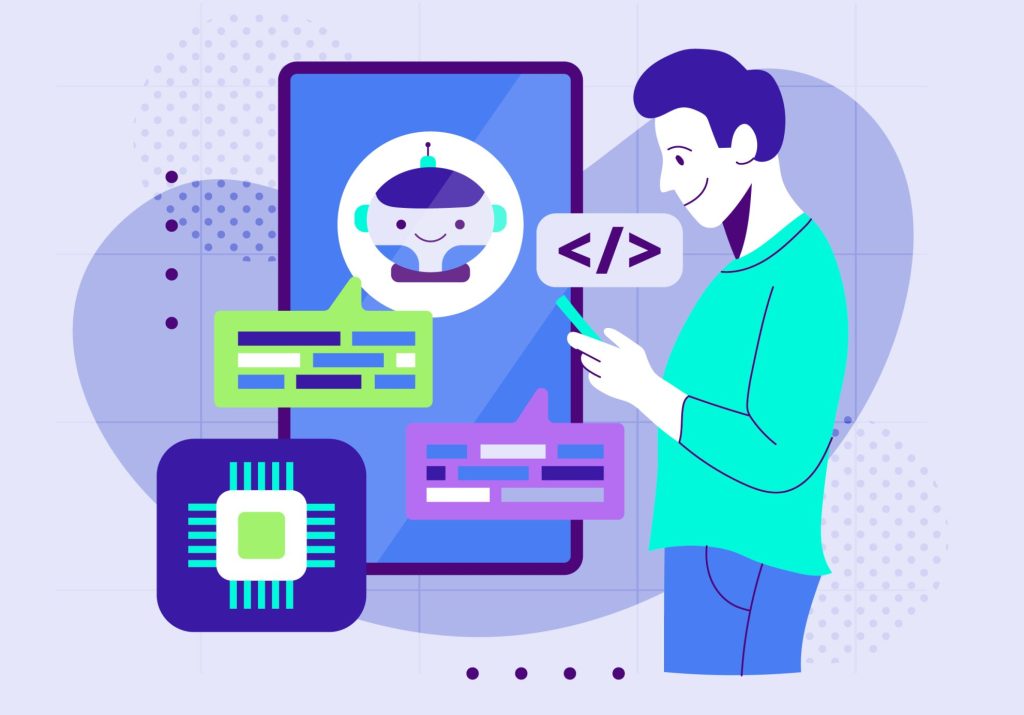 6. Data-Driven Decision Framework
6. Data-Driven Decision Framework
Prompt Template: “Develop a framework for making data-driven decisions in digital transformation projects.”
Example Output: Step 1: Collect reliable data, Step 2: Analyse with AI dashboards, Step 3: Align insights with business goals.
Why Useful: Improves accuracy in decision-making.
7. Cybersecurity Risk Assessment
Prompt Template: “List potential cybersecurity risks SMEs face during digital transformation and provide solutions.”
Example Output: Risks: Phishing attacks, data breaches. Solutions: Employee training, multi-factor authentication.
Why Useful: Protects sensitive company data.
8. Digital Marketing Expansion
Prompt Template: “Suggest a digital marketing strategy for SMEs transitioning from offline to online sales.”
Example Output: Focus on SEO, social media ads, influencer collaborations, and customer engagement campaigns.
Why Useful: Builds online presence quickly.
9. Performance Tracking Metrics
Prompt Template: “Suggest KPIs to measure the success of digital transformation in SMEs.”
Example Output: KPIs: Customer satisfaction score, process automation rate, cost savings, employee adoption rate.
Why Useful: Measures progress effectively.
10. Future-Proofing Roadmap
Prompt Template: “Develop a 3-year roadmap to ensure SME remains competitive through digital transformation.”
Example Output: Year 1: Cloud adoption, Year 2: AI-powered analytics, Year 3: Smart IoT integration.
Why Useful: Provides a long-term vision.
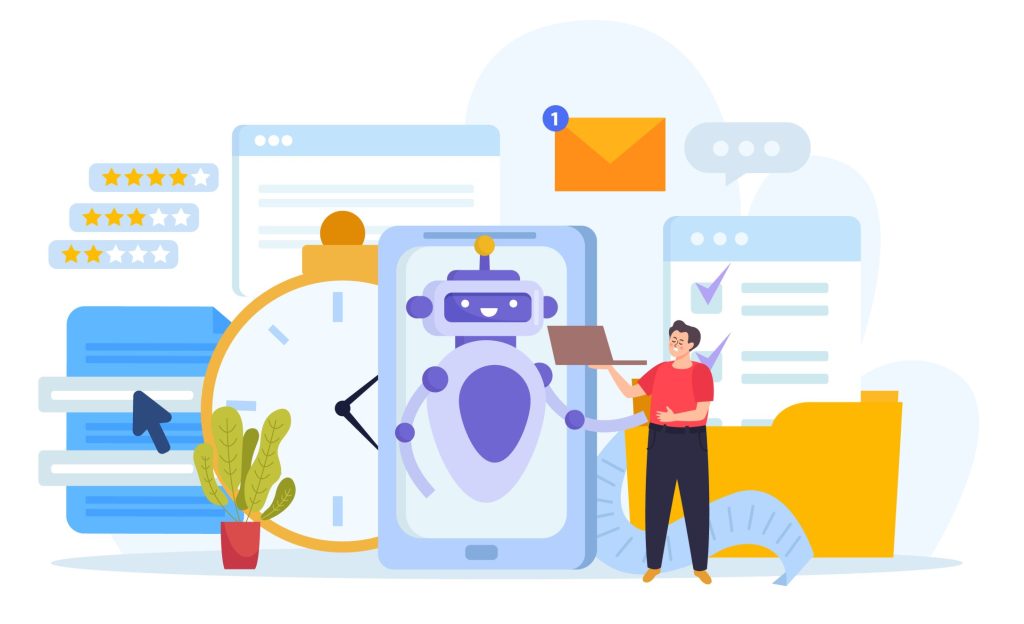 How Stratpilot Can Support Your Digital Transformation
How Stratpilot Can Support Your Digital Transformation
Adopting digital transformation requires more than just strategy, it needs organised execution. This is where Stratpilot comes in.
With Stratpilot, SMEs can:
1. Access AI-powered workspaces to structure transformation projects.
2. Use predefined AI prompt templates to plan, automate, and monitor initiatives.
3. Leverage integrated AI chat for collaboration and real-time insights.
4. Stay focused with productivity features tailored to goal setting and execution.
Stratpilot ensures SMEs not only design their transformation strategies but also implement them effectively.
Take the Next Step in Your Digital Journey
Digital transformation is no longer just for large enterprises; SMEs can lead to innovation too. Start small, use AI prompts to set goals, and scale with confidence.
Book a demo for Stratpilot Today and drive your transformation journey with clarity and focus.
Frequently Asked Questions (FAQs)
Q1: Why are AI prompts valuable for SMEs?
AI Prompts simplify complex decisions, provide clarity, and save time, especially for SMEs with limited resources.
Q2: Can these AI prompts be customised for my industry?
Yes, the prompts can be tailored to your specific industry, whether retail, logistics, healthcare, or tech.
Q3: How does Stratpilot help with digital transformation?
Stratpilot provides AI-powered workspaces, ready-to-use prompt templates, and collaboration features that streamline digital transformation projects for SMEs.
Q4: Do I need technical expertise to use these prompts?
No, the prompts are designed to be simple and practical, making them accessible even for non-technical SME teams.




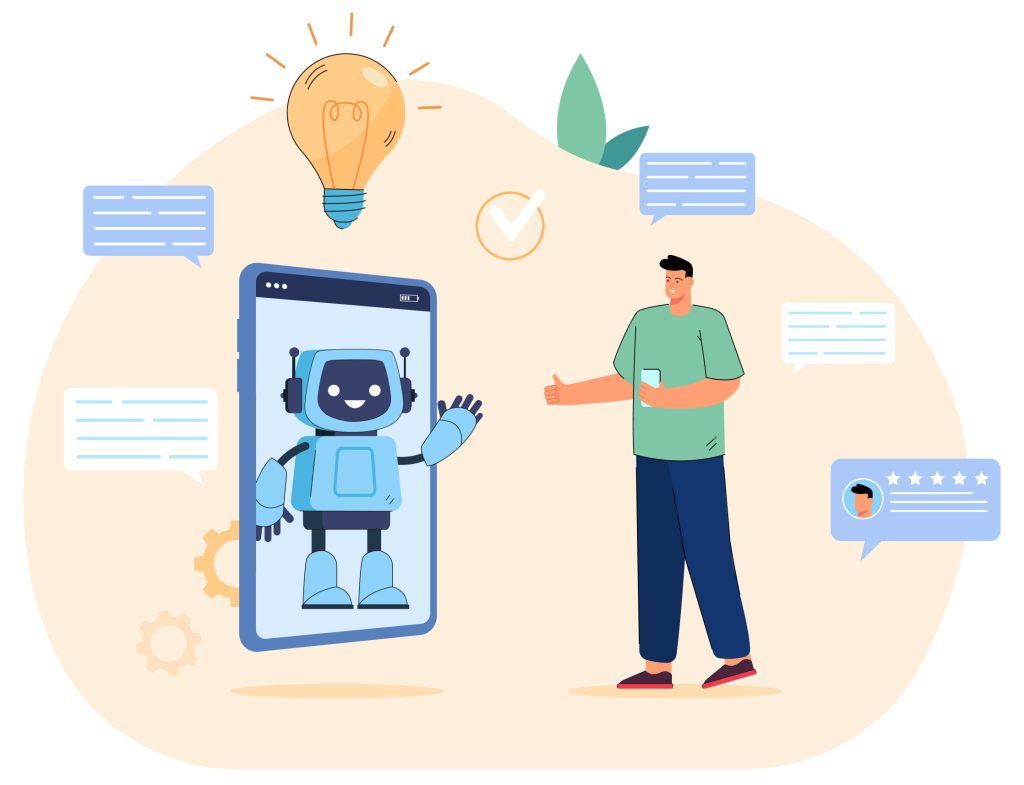 6. Content Creation Ideas
6. Content Creation Ideas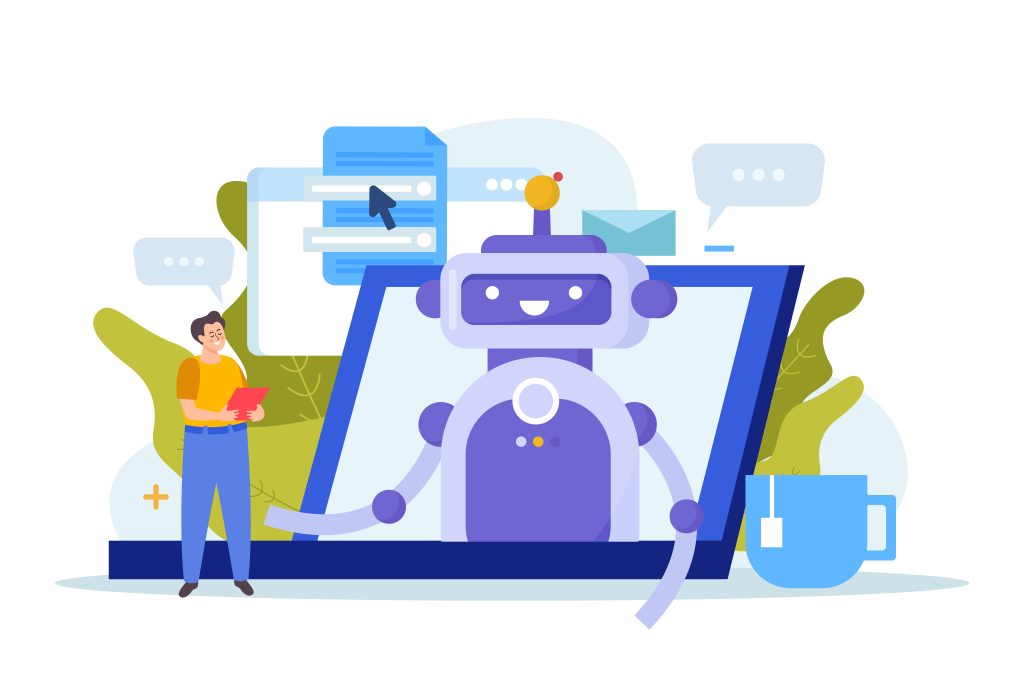 How
How 
 6. Improve Use of the Internal Knowledge Base
6. Improve Use of the Internal Knowledge Base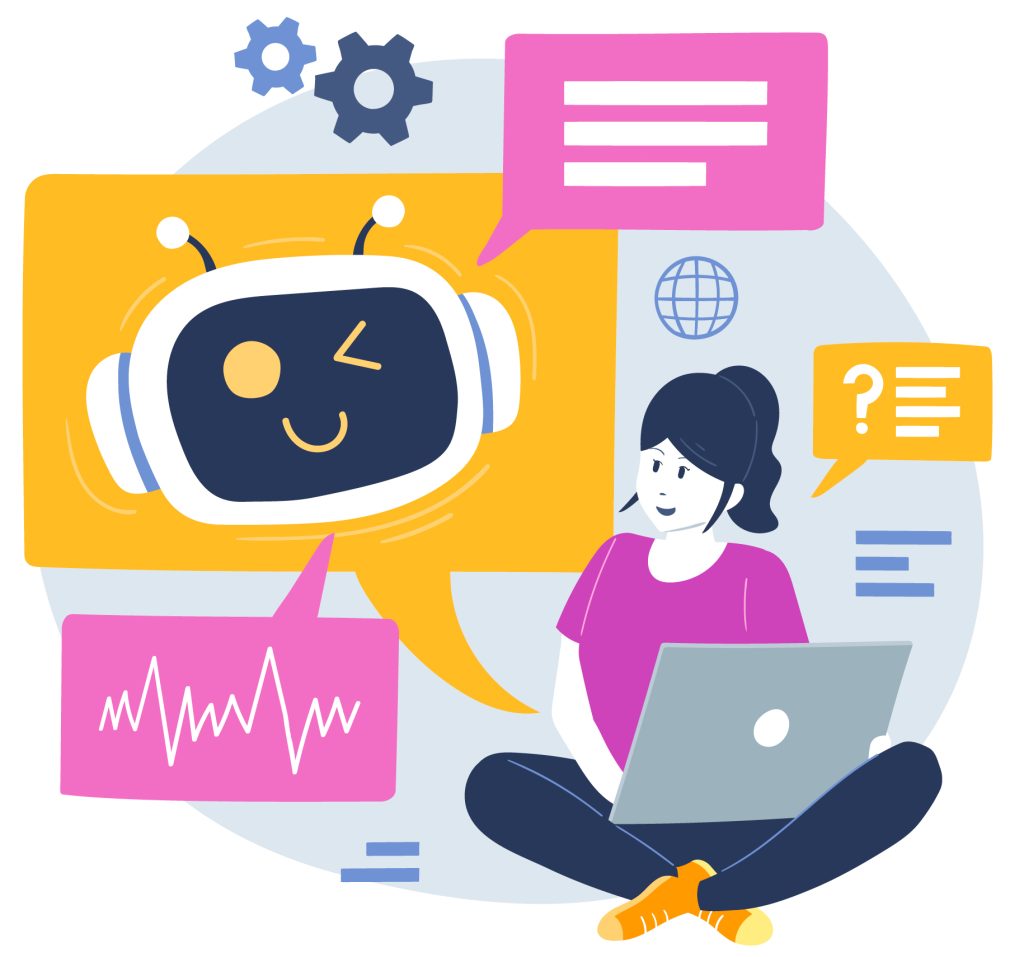 Example Output of
Example Output of 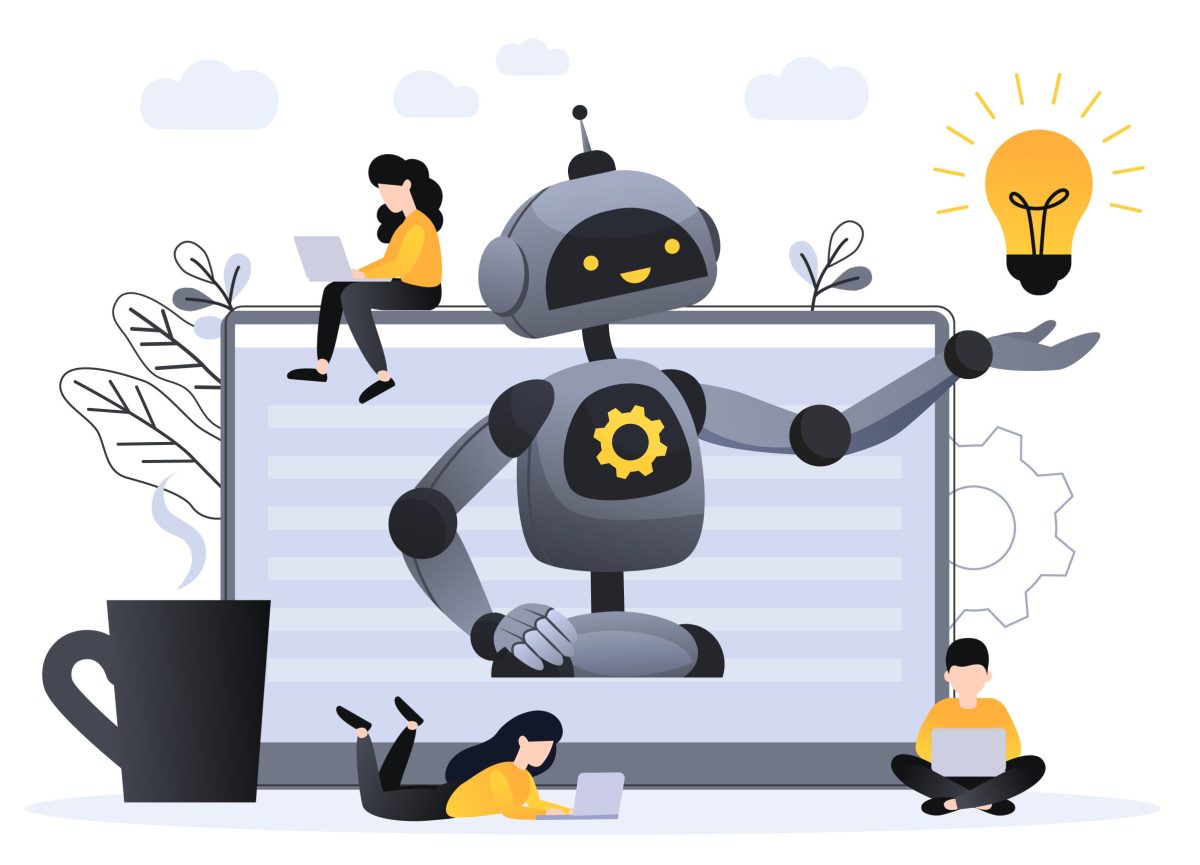
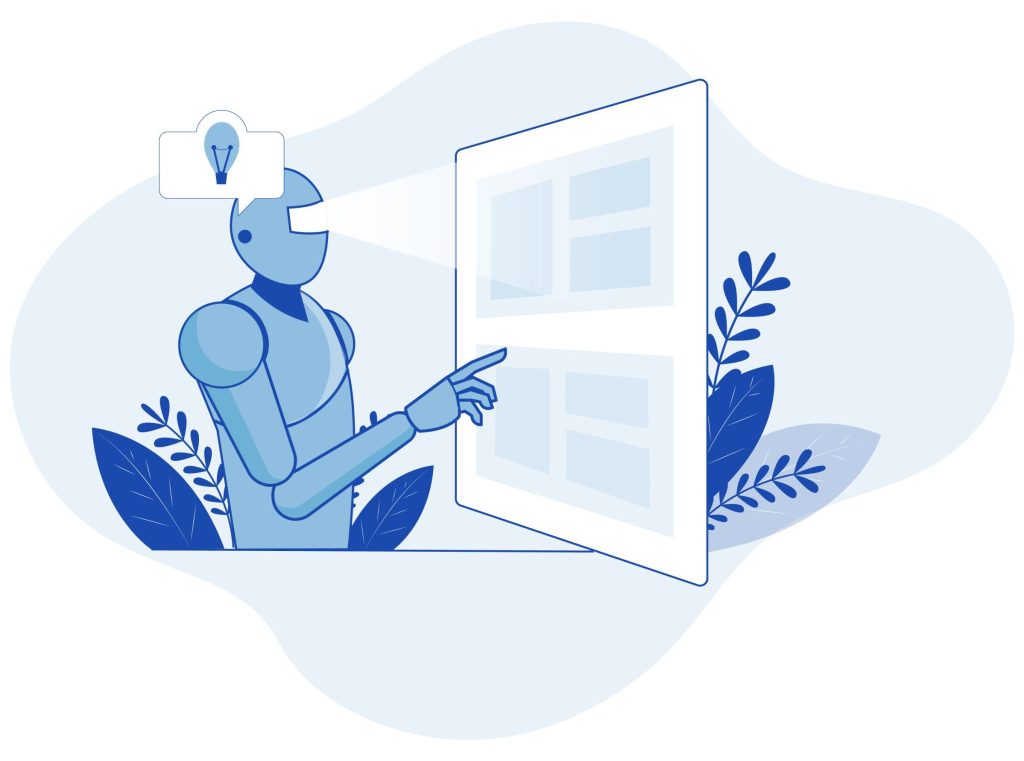 4. Create an IP Documentation Strategy
4. Create an IP Documentation Strategy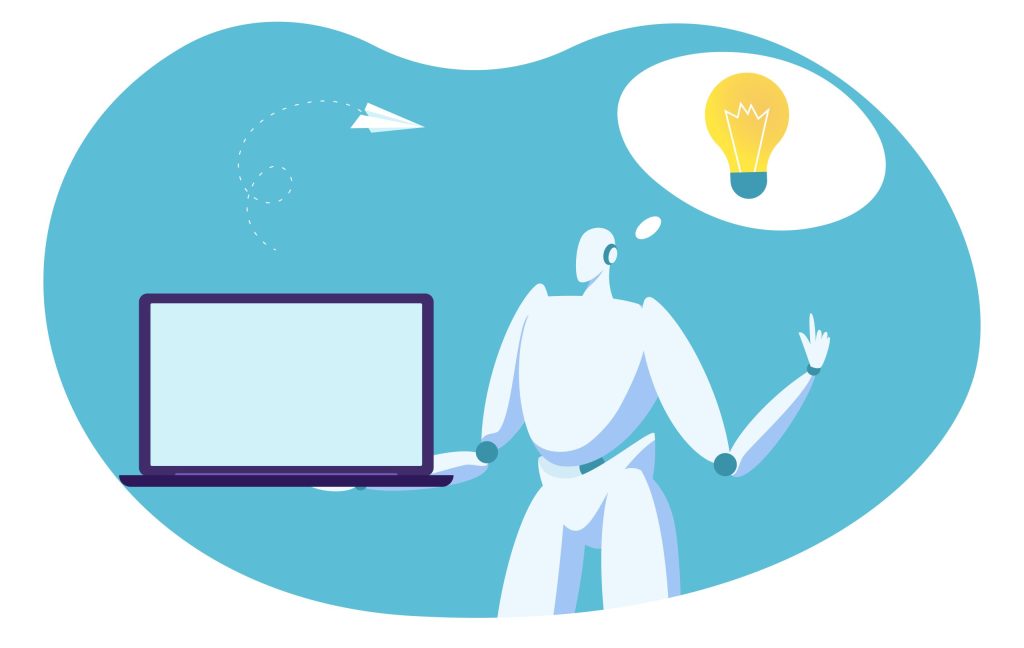 Example Output of
Example Output of 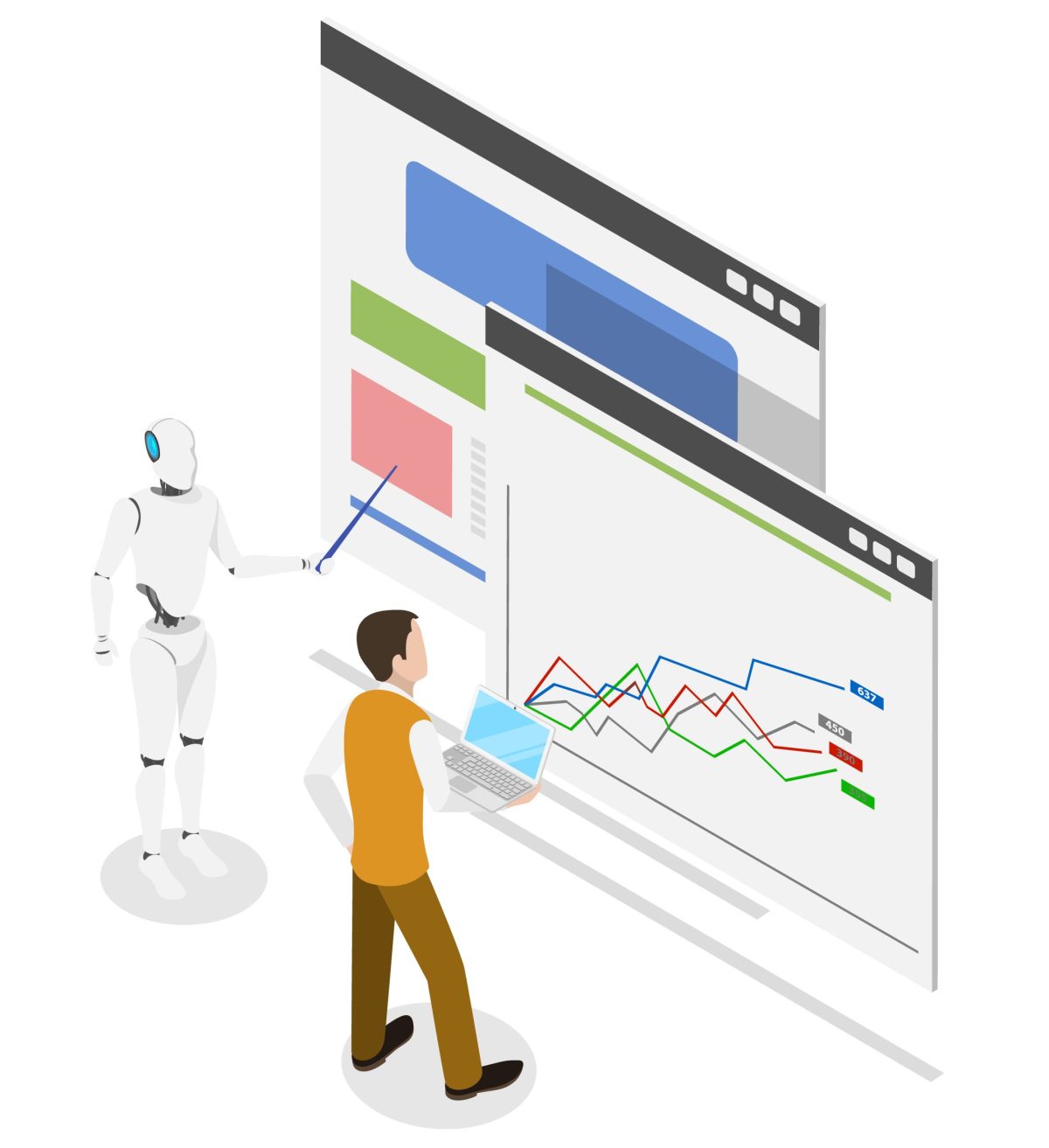
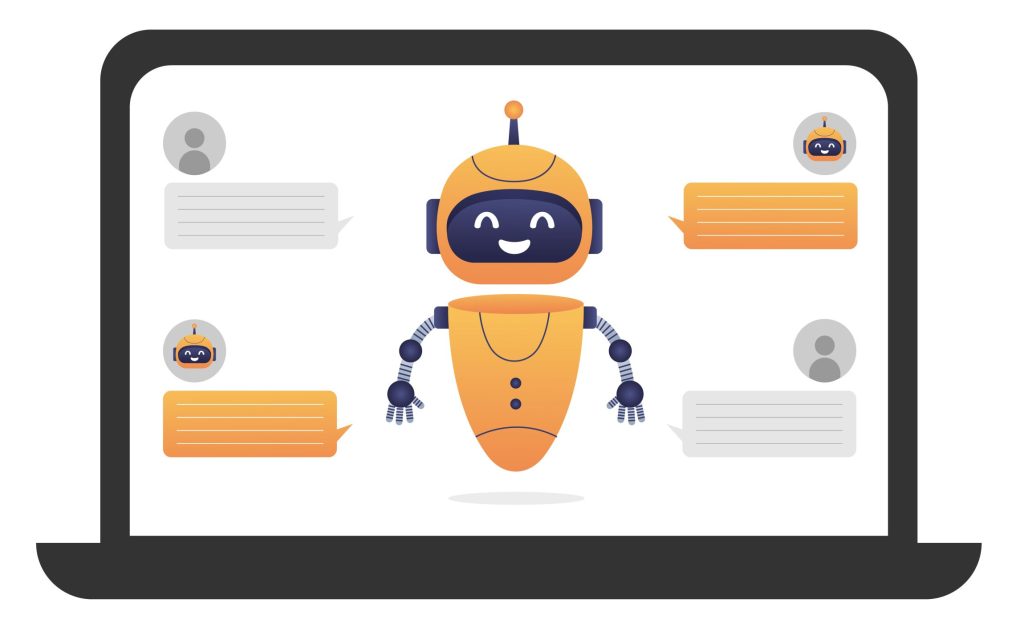 3. Identify and Assign Technical Debt Resolution Tasks
3. Identify and Assign Technical Debt Resolution Tasks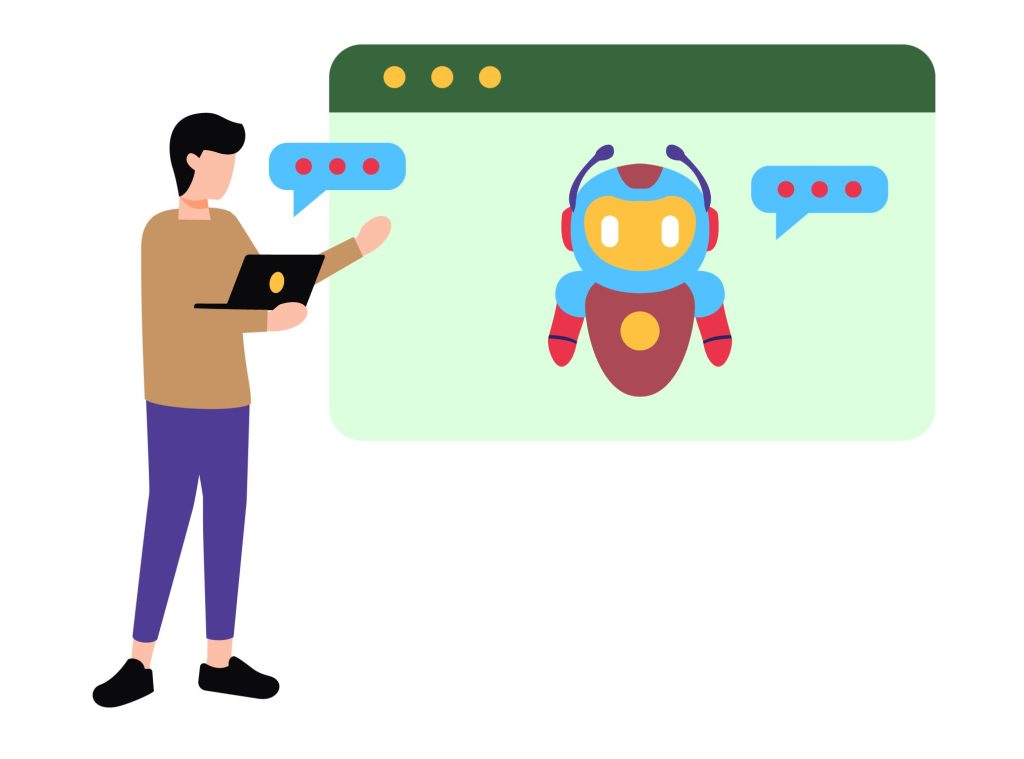 How
How 
 Benefits of AI for Product Feedback Management
Benefits of AI for Product Feedback Management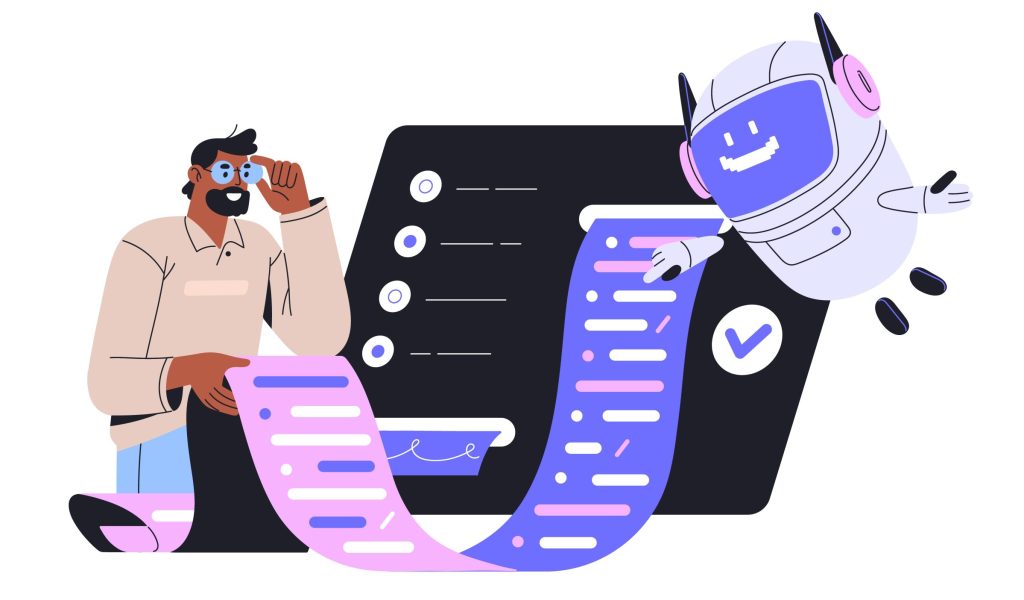 The Cost of Ignoring AI for Product Feedback Management
The Cost of Ignoring AI for Product Feedback Management
 6. Addressing Anonymous Complaints
6. Addressing Anonymous Complaints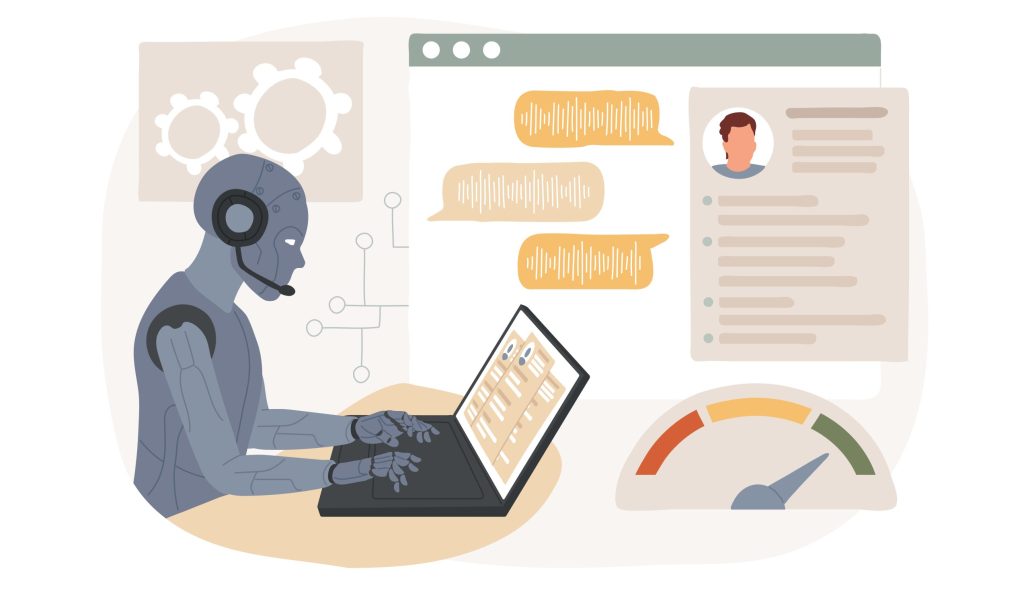 Example Output of AI-Generated Goal Setting
Example Output of AI-Generated Goal Setting
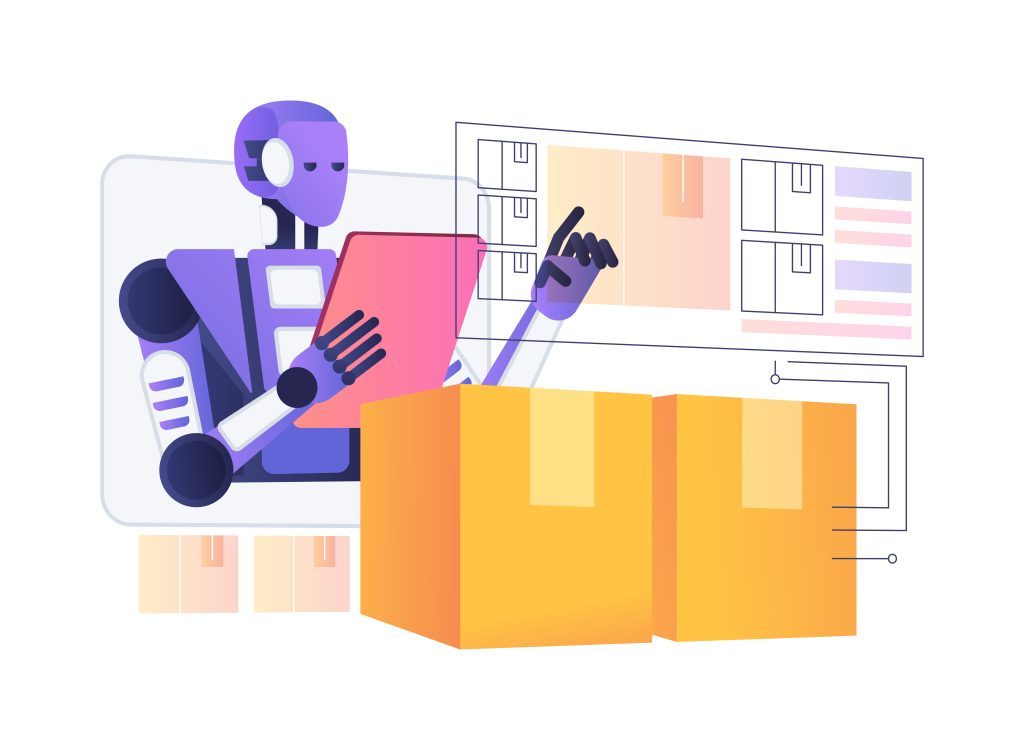 6. Prioritise Orders Based on Margin Contribution
6. Prioritise Orders Based on Margin Contribution Example Output of AI-Generated Goal Setting
Example Output of AI-Generated Goal Setting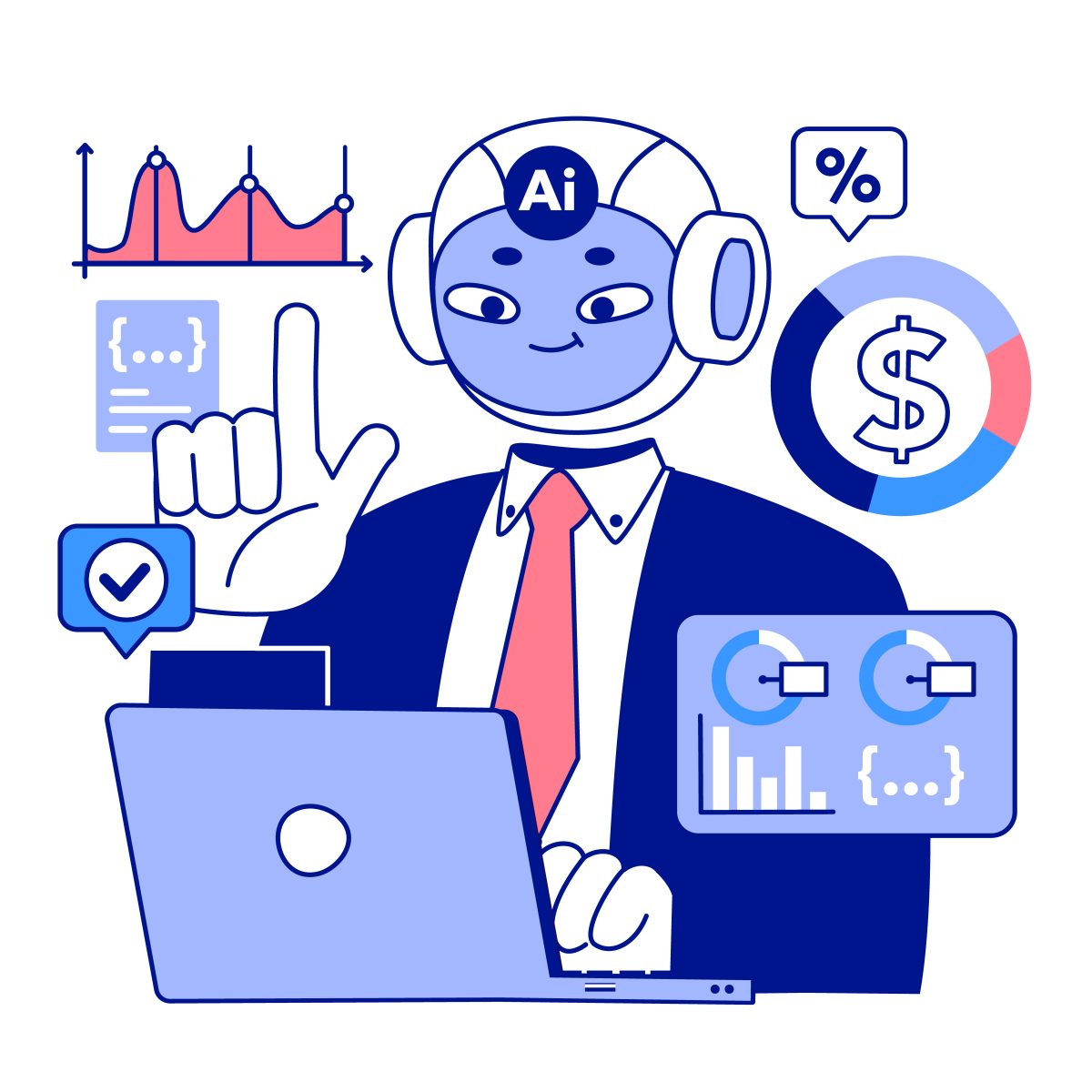
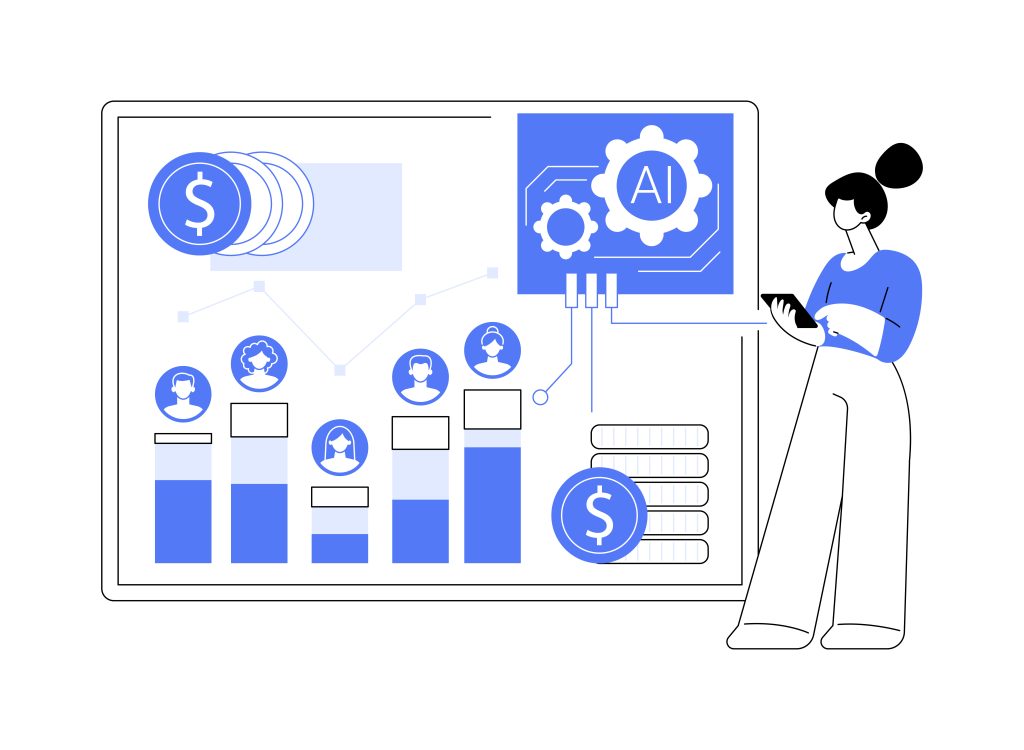 6. Create an Executive Dashboard Summary
6. Create an Executive Dashboard Summary Example Output of
Example Output of 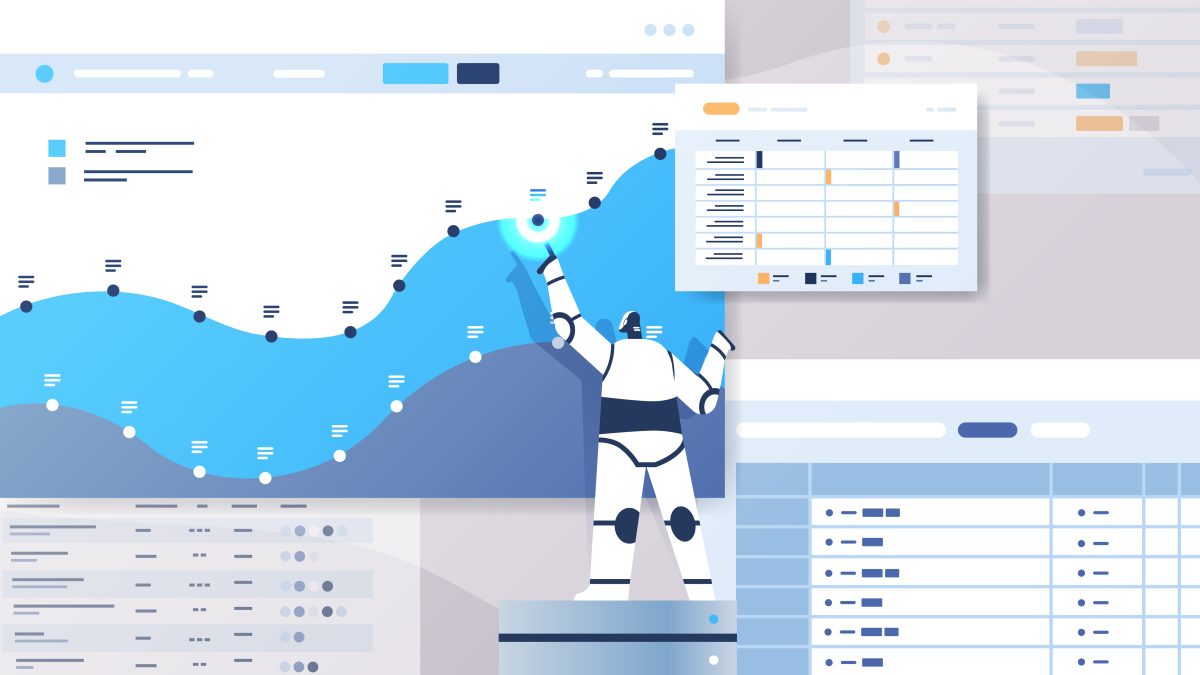
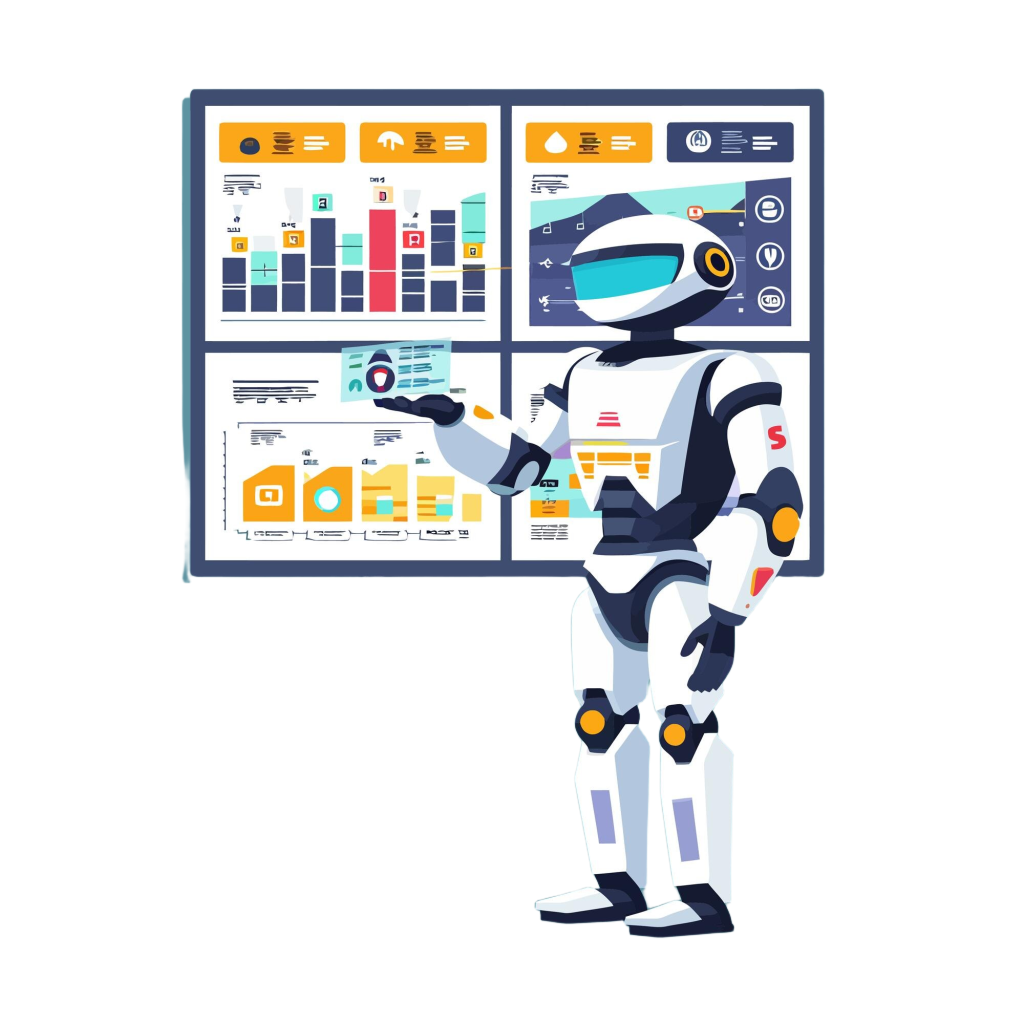 6. Assess Market Trends for Future Sales Growth
6. Assess Market Trends for Future Sales Growth How AI-Powered Tools Can Improve Sales Forecasting
How AI-Powered Tools Can Improve Sales Forecasting

